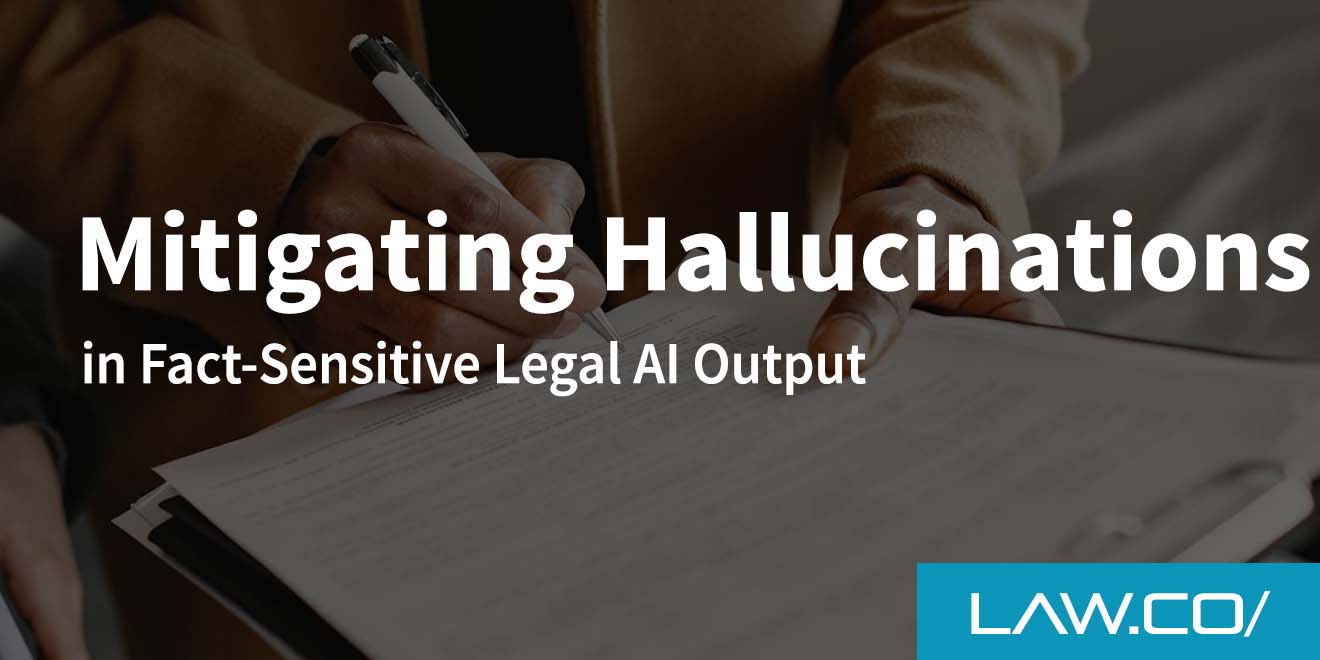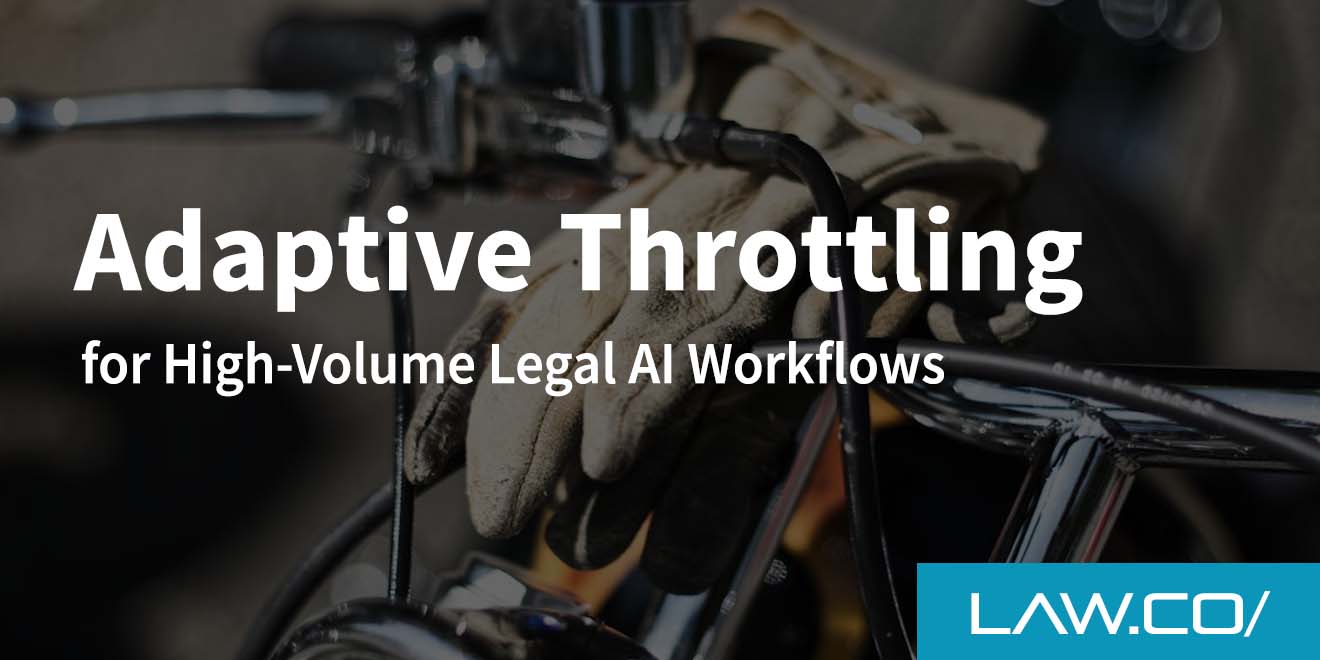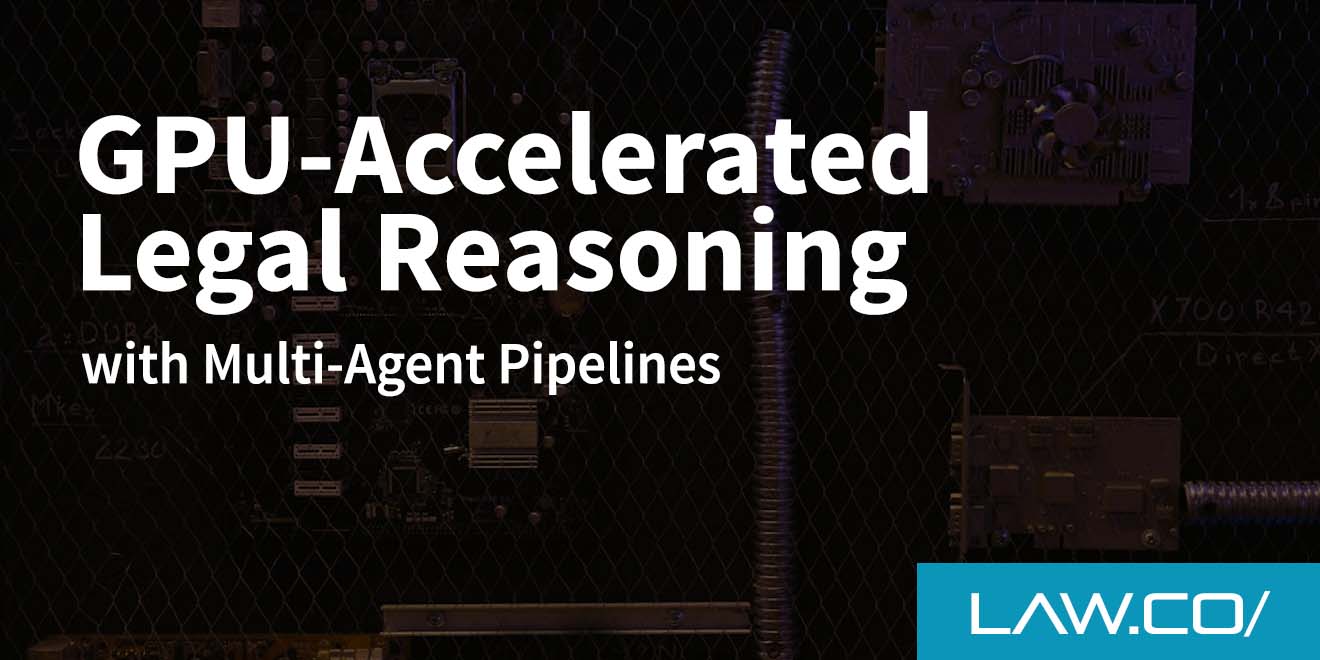

Dynamic Prompt Assembly From Legal Templates
Hiring, onboarding, litigation, compliance—almost every aspect of daily life inside lawyers and law firms relies on well-drafted documents.
Over the last few years, dynamic prompt assembly has emerged as a dependable technique for turning a static library of legal templates into a living, flexible system that produces consistent, client-ready documents in minutes instead of hours.
Below is a practical, plain-English walkthrough of what dynamic prompt assembly is, why it matters, and how to put it to work without sacrificing professional rigor.
What “Dynamic Prompt Assembly” Really Means in Legal Workflows
At its core, dynamic prompt assembly is the process of breaking a master AI legal template into modular building blocks—clauses, variable fields, conditional sections—and then stitching those blocks together automatically based on user-supplied data. The “prompt” can be a short intake form, a spreadsheet, or an API feed from your case-management system.
Instead of manually editing paragraphs to suit each matter, the software selects only the relevant components, fills in the correct names, dates, and numbers, and outputs a complete document that meets your house style.
From Static Templates to Modular Components:
- Clauses become reusable snippets tagged by jurisdiction, practice area, or risk level.
- Variable fields—client name, governing law, payment schedule—sit in placeholders that auto-populate.
- Conditional logic turns sections on or off, so a non-competition clause appears only when the engagement involves employment matters.
Why It Matters for Busy Legal Practices
Dynamic prompt assembly does more than save a few keystrokes. It reinforces accuracy, preserves institutional knowledge, and frees senior attorneys to focus on analysis rather than formatting.
Speed Without Cutting Corners
Traditional word-processor templates still require hands-on editing, and every edit opens the door to stray headings or inconsistent numbering. Automated assembly slashes the production time for first drafts by up to 80 percent while keeping the underlying language identical to the firm-approved master.
Institutional Memory, Captured in Code
When a firm partner retires or a key associate changes firms, their drafting preferences often walk out the door with them. A well-structured template library preserves that expertise, ensuring that the next generation draws from the same vetted clauses and logical checks.
Risk Management Built In
Errors in party names or omitted arbitration clauses can trigger malpractice claims. Because dynamic systems validate inputs and cascade changes throughout a document, the risk of leaving yesterday’s client name in today’s contract all but disappears.
Building a Robust Template Library From the Ground Up
A successful rollout starts with the right foundation: audited content, clear naming conventions, and a governance plan that keeps everything current.
Audit Existing Documents
- Collect frequently used agreements—NDAs, engagement letters, operating agreements.
- Identify duplicate clauses and consolidate them into a single authoritative version.
- Flag obsolete or jurisdiction-specific language that needs updating before it enters the module pool.
Define Metadata and Naming Conventions
Consistency matters. Tag each clause with practice area, governing law, and version date so users (or the template engine) can locate the exact text required for a California M&A deal or a New York leasing matter.
Establish Governance Roles
Assign ownership. A partner or senior associate oversees each practice group’s templates, while a knowledge-management professional handles system updates. Scheduled reviews—quarterly or after major case-law shifts—ensure clauses remain enforceable.
Integrating Dynamic Assembly Tools Into Daily Practice
Once the library is in place, the next step is connecting it to the tools lawyers already use.
Practice-Management and Document-Automation Platforms
Many leading platforms now support clause libraries and conditional logic out of the box. Firms can embed intake questionnaires inside their matter dashboards, pushing data directly into the assembly engine.
Collaboration With Generative AI
Generative AI can draft first-pass language, but prompt assembly keeps it on a leash. Instead of letting the model invent new clauses on the fly, the system feeds it only pre-approved components. The AI focuses on tailoring tone and flow while the legal substance remains locked to the firm’s standards.
Version Control and Audit Trails
Every assembled document should carry a digital fingerprint: which clauses were used, who supplied each data point, and when it was generated. That audit trail protects the firm in the event of discovery and allows quick reconstruction if a client or court requests prior drafts.
Practical Tips for a Smooth Implementation
Even the best technology stalls without user buy-in. The pointers below come from firms that made the jump successfully.
- Start small—one high-volume agreement such as an NDA or engagement letter—before scaling to complex deal documents.
- Offer short, hands-on training sessions where attorneys generate a live document using real client data. Immediate wins build confidence.
- Keep feedback channels open. Users who spot edge cases or missing clauses early prevent small oversights from snowballing into systemic gaps.
- Measure impact. Track time to first draft, revision counts, and error rates. Clear metrics strengthen the case for continued investment.
Common Pitfalls and How to Avoid Them
Unavailable input data, overlapping clause variants, or insufficient testing can derail even a promising project. Counter these issues by mandating complete intake forms, limiting the number of clause alternatives, and running pilot assemblies through a red-line review before client delivery.
Beware of Over-Customization
Each branch in the logic tree adds complexity. Focus on what truly varies—governing law, party names, compensation terms—rather than coding for every theoretical scenario.
Plan for Change Management
Any process touching lawyers’ drafting habits invites skepticism. Communicate that automation complements legal judgment rather than replacing it, emphasizing that partners still approve final language.
The Competitive Edge for Lawyers and Law Firms
Client expectations continue to climb. Faster turnaround, transparent billing, and error-free documents are no longer perks; they are table stakes. Dynamic prompt assembly positions lawyers and law firms to meet those demands, freeing legal talent to concentrate on negotiation strategy, nuanced legal analysis, and client counseling.
Cost Predictability for Clients
When templates assemble themselves, drafting time becomes easier to estimate. Fixed-fee or alternative fee arrangements become viable because the firm controls the variables that used to spike billable hours.
Enhanced Collaboration
Clients often provide data via secure portals, paralegals input missing details, and junior associates perform an initial review. The automation engine keeps everyone on the same page, literally, by centralizing the master template.
Looking Ahead
Technologies evolve, statutes change, and new practice areas emerge. A modular template library designed with dynamic assembly in mind can evolve just as quickly. As more firms integrate AI-driven research tools and knowledge graphs, the same foundational blocks—well-tagged clauses, clear logic, robust governance—will remain essential.
Today’s straightforward NDA automation lays the groundwork for tomorrow’s fully automated fund formation package or cross-border compliance kit. In short, dynamic prompt assembly takes the best traditions of meticulous drafting that lawyers and law firms have cultivated for decades and merges them with modern automation. The result is a drafting process that is faster, safer, and more transparent—qualities every client will appreciate and every lawyer can trust.

%201.svg)










